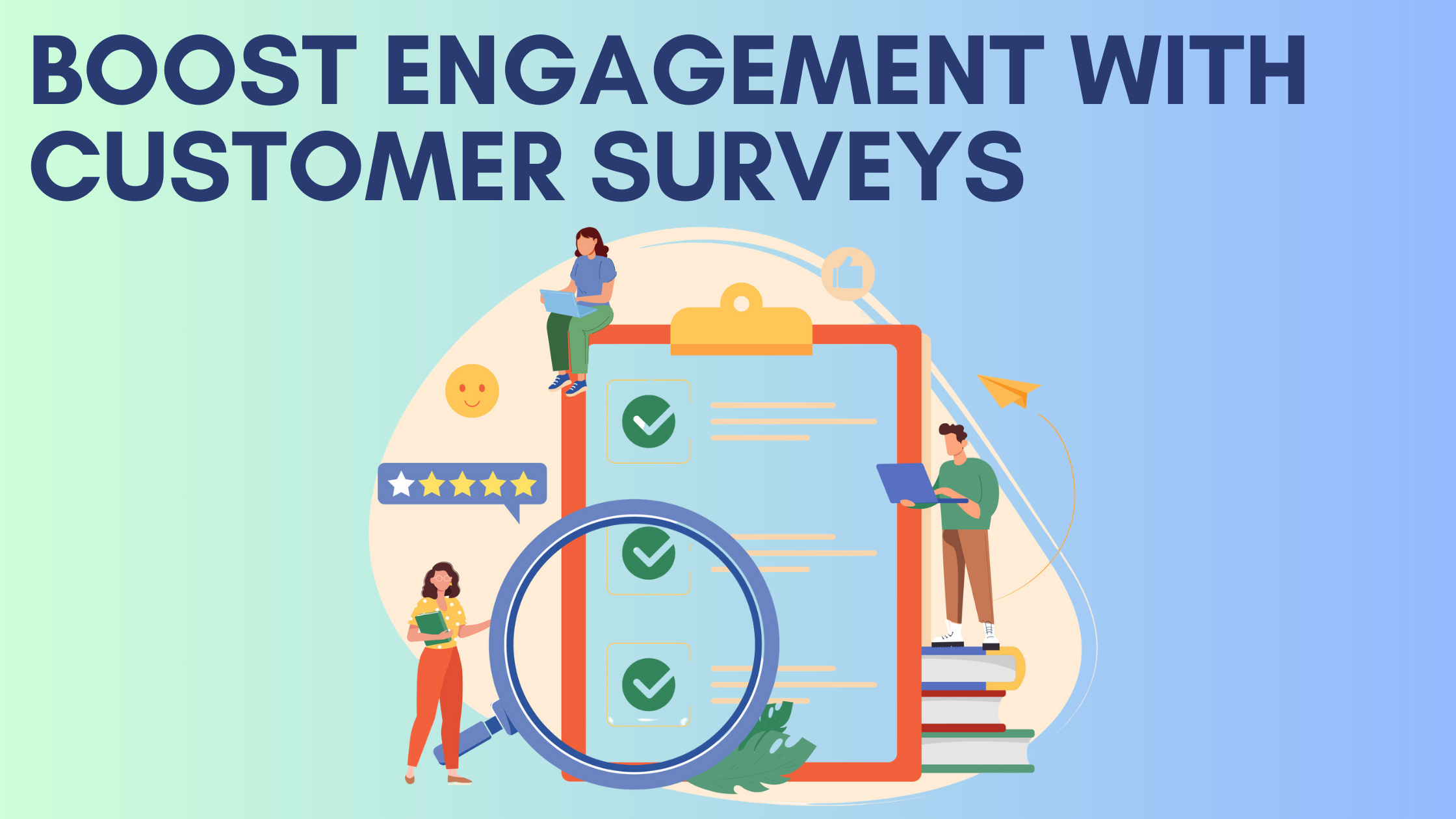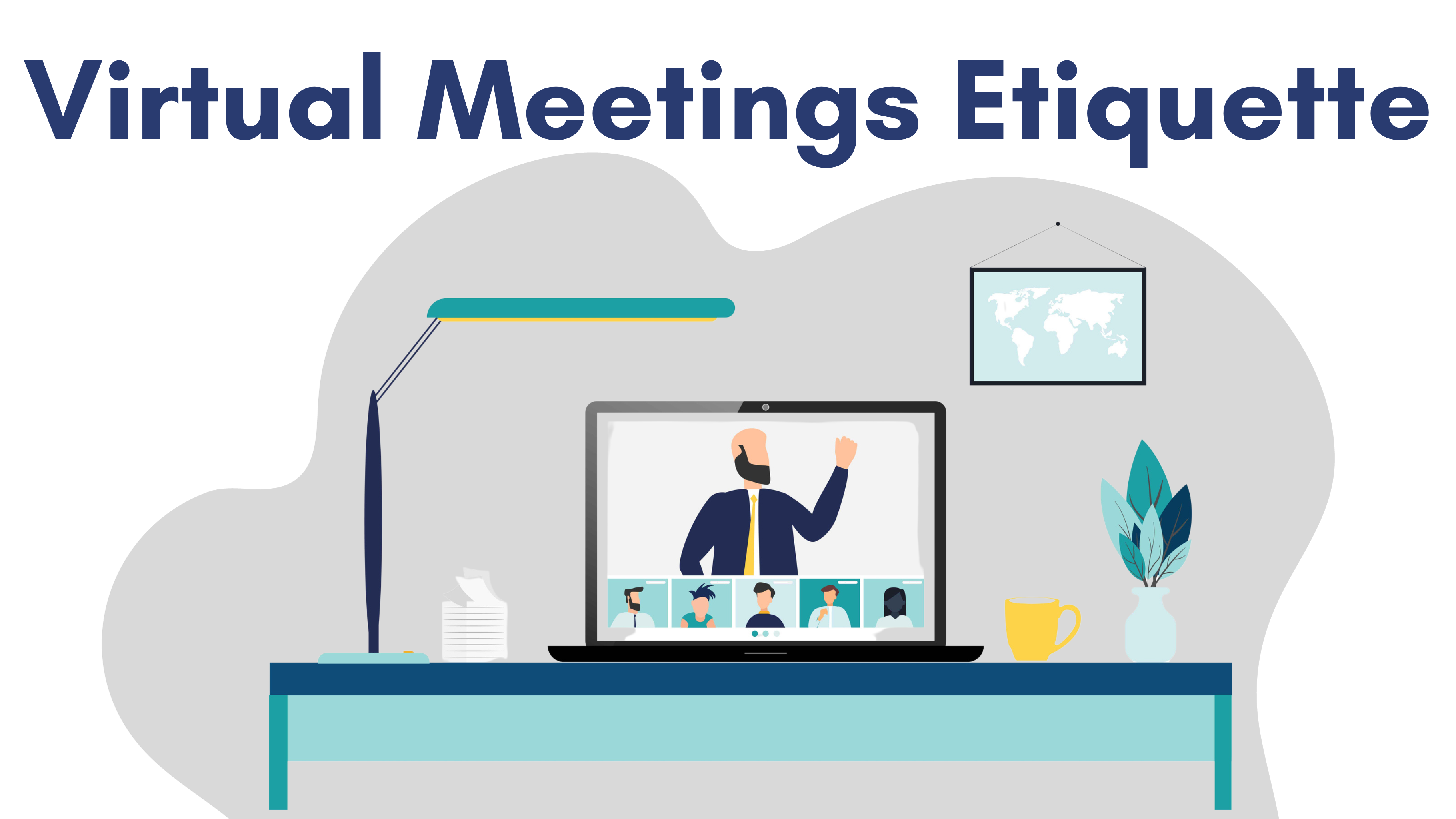Creating Brand Strength in E-mail Marketing
 When we send an e-mail, we assume, or at least hope it gets opened. What can you do to ensure that happens? Part of that is ensuring your brand stands out from the competition.
When we send an e-mail, we assume, or at least hope it gets opened. What can you do to ensure that happens? Part of that is ensuring your brand stands out from the competition.
Before prospective customers can buy into the product you’re selling, they need to buy into YOU, your story, and your brand. Consistent branding is the key to establishing and reinforcing your relationship with your audience.
Here are some helpful tips, originally published by Act!. (To view the original article, click here.)
Email marketing is one of the most important ways we connect with our audience. It provides a unique opportunity to create one-on-one bonds with prospects and customers. Here are 5 branding must-haves from the team at act! to help create trust and reinforce your value and brand:
- Consistent Voice and Tone. Think of your brand as a person. What do they like? How do they talk? Are they funny and playful like Taco Bell, or are they more tech-savvy and no-nonsense, like Sony? Whatever your defined personality, make sure it’s consistent throughout all your brand touch points. Imagine a serious, direct email from Taco Bell, or a lighthearted, rambling email from Sony. Emails like those would be inconsistent with the personality of their brands, and ultimately dilute the value of the brand. So, stay true to your brand and make sure your tone is representative of your personality and values. Customers will notice the difference.
- First Impressions Count. Your customers need to be able to recognize your brand the moment you show up in their inbox. You have three opportunities to be recognized (and convey your brand). First, the sender—make sure you establish your brand upfront by referencing your company name or brand in the “from” name. This way, consumers will know exactly who they’re interacting with before they open the message. Second, the subject line—draw the user in by telling them WHY they should open your email. Finally, your pre-header—this is the first line of text that shows up in the inbox preview screen. Be sure to include your brand name, tagline, or additional information about the email content. Be consistent and engaging.
- Recognizable Template. Our in-boxes are flooded with emails every day. We skim through emails, only stopping on those that catch our attention. Usually, it’s because we recognize the brand and the email template is familiar. We trust the information provided because it’s consistent and valuable. The last thing you want is for someone to open your email and wonder, “Did I sign up for this?” Your email marketing template is an opportunity to reinforce who you are as a brand and why customers should trust you. When creating your template, refer to your brand standards. Are you using the correct colors and fonts? Be instantly recognizable by reinforcing your brand standards and sticking to them.
- Website. Before the first email ever arrives, you have the opportunity to set the stage for what to expect in your communications. The colors, fonts, tone, and personality reflected on your website should match your emails. This way, when your email is opened, the customer thinks, “Oh, cool. I just got an email from ABC. That was fast!” instead of “Uh, what is this? I didn’t sign up for this…did I?”
- Imagery. When it comes to imagery, it’s all about consistency and personality. When selecting images, refer to your brand standards and ensure that the images you select match your brand’s voice and personality. If the tone of your brand is playful and fun, your imagery should reflect that. Be sure to choose images that will resonate with your audience—do you want them to feel happy, inspired, empowered? Your images should evoke those emotions.
Developing an engaging, consistent brand presence takes time. You may not be able to apply all of these tips right away, and that’s okay. Start small, and keep in mind that the more consistently and accurately you convey your brand across all your marketing touch points, the more recognizable you become, and the more likely your customers and prospects are to engage. Need help? Give us a call – 410-472-5058.


